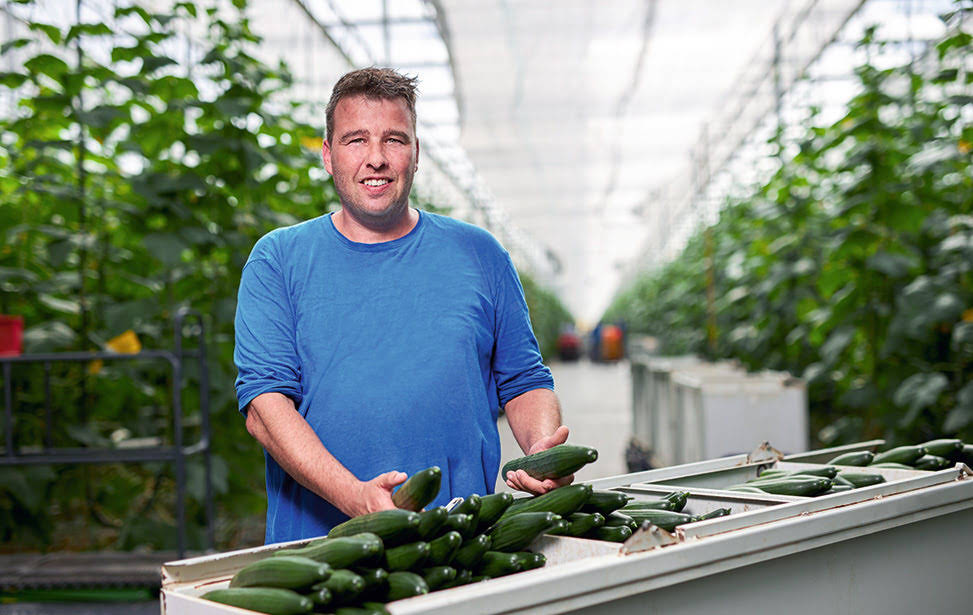- English

For a grower, every ray of sunlight entering the greenhouse in winter is a bonus. Light is also welcome in summer, provided it is properly distributed throughout the crop. This can be achieved by combining coatings. Two vegetable growers are leaders in this field in the Netherlands.
Mardenkro has developed a system to optimize the light entering the greenhouse throughout the year: ReduSystems. Shading when necessary, diffusing when beneficial and allowing more light transmission during the year’s low-light periods. The coatings have been designed so that they can be combined together. This is gaining popularity in actual practice: growers are increasingly realising the benefits of combined coatings. They speak about their experience in this video.
https://www.youtube.com/watch?v=L3i01xXfsz
More active crop
Bell pepper grower Paul Moerman achieved increased production under AntiReflect two years in a row. The crop is more active in the winter, but the real benefits are obtained during the early spring and at the start of the autumn. In addition, he uses ReduFuse to protect the crop against heat stress. This creates a more stable climate and less blossom end rot.
https://www.youtube.com/watch?v=snHQSEFBNM8
Less reflection = more light
Greenhouse Manager Peter van Ninhuys of cucumber farm Van Lipzig Tuinderijen currently has one year of experience with AntiReflect. The entire 8.5-hectare area was coated all at once. A striking observation is that the greenhouse on the sunny side now heats up much faster because of the increased radiation entering the greenhouse. This results in lower heating costs. Peter sees that ReduFuse offers better light distribution throughout the crop. As a result, he does not need to close the movable shading screens as soon. The combined coatings provide for more light in the greenhouse and therefore increased photosynthesis and better production.
Controlling growth with light
ReduFuse distributes the sunlight better throughout the crop. The top receives less sunlight, while the middle leaves receive more light. This improves the crop’s overall photosynthesis and as such production and quality. Furthermore, the crop experiences less stress.
AntiReflect reduces the reflection of the greenhouse glass. More sunlight consequently reaches the crop. This yields very interesting results in situations where light is the limiting factor to growth and production. This applies to the winter, early spring and autumn.